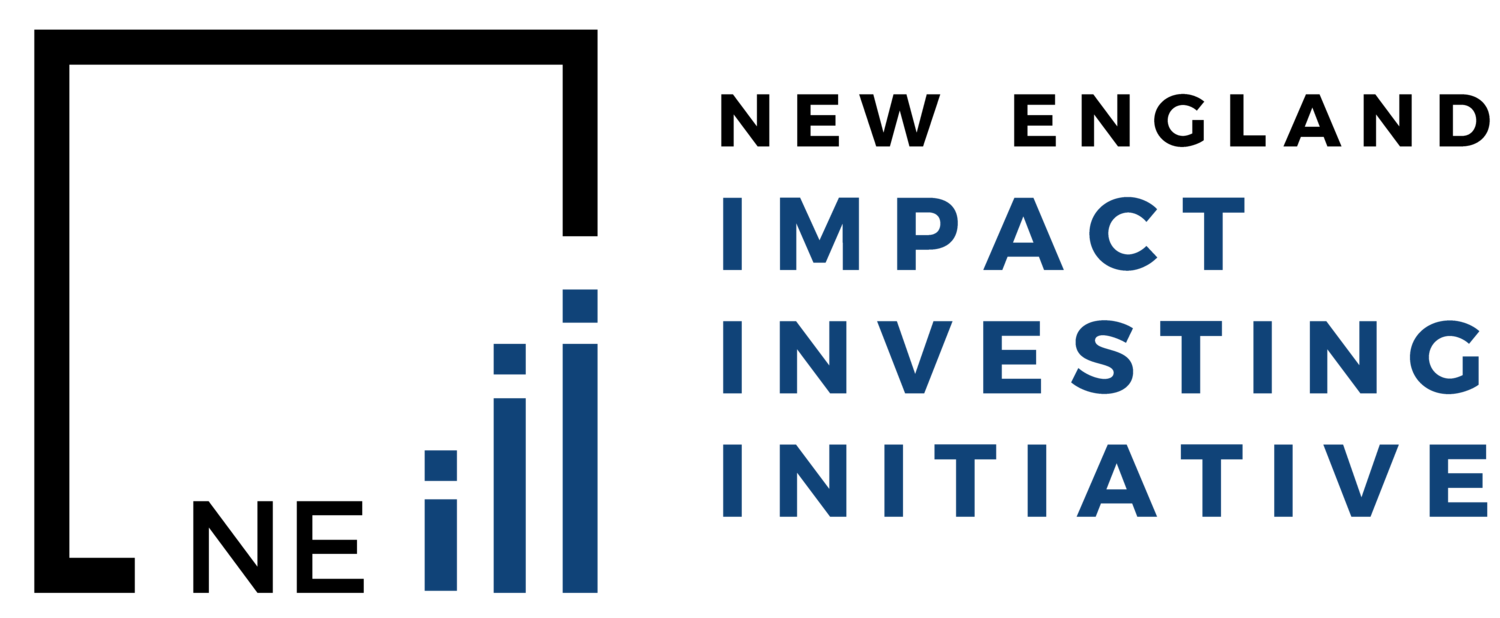Reflections on CFA Society of Boston Spring Conference
by Sally Jackson
Check the event out here: Conference Link
I'm thankful to have had the chance to attend the CFA Society of Boston's Spring conference: Sustainable Investing, Impact Investing and their Intersection with Private Markets. It was refreshing and encouraging to hear the conference speakers address sustainable and impact investing in much the same ways I'd been learning through the NEIII fellowship, and to witness a room full of people excited about the opportunities in both established and emerging markets.
The day's topics provided to me a brief history on sustainable and impact investing, an explanation of the role of private investments in both established and emerging markets, and operational and data collection considerations. Here are my primary learnings:
Sustainable and impact investing started primarily as microfinance and in agriculture. Now, it has expanded to the environment, climate, real estate, affordable housing, and beyond. Private markets have an incredible opportunity to set the tone for investing-at-large and to create infrastructure by collecting data and setting impact benchmarks; making certain data collection processes - financial audit, ESG audit, additionality audit - standard practice, with data being requisite to supporting investing decisions in these moments; choosing between sustainable and impact investing carve-outs to get started or by integrating total portfolios in order to ensure long-term stewardship of a sustainable portfolio; by leading the way through foundations, family offices, and endowments, demonstrating the power of blended and catalytic capital for change. In developed private markets, localism is an opportunity for both new initiatives and sources of funding, a speaker observation that aligned with discussions from the Invest in New England conference. Many public-private partnerships are alive within established-market sustainable and impact investing, particularly in the UK and Australia. The U.S. lags behind some nations, but some U.S. cities are participating creatively, such as LA.
Within emerging markets, catalytic capital is often deployed on sub-market terms in order to bring others along on the journey - to be a capital aggregator for solutions, particularly related to climate. Early investors can pave the way for future investors to invest in a similar portfolio and make certain practices and technology more accessible. There is also an opportunity to move from not just a capital aggregator but to a disruptor of systems, which may see more success if more solutions move from debt to credit models within the emerging sustainable investing arena. Impact measurement particularly plays into emerging markets investing because if the assessed potential impact is high, investors may be willing to make a financially riskier deal.
Finally, the conference emphasized data collection considerations: Data collection is a chore, so a best practice is to only ask for data you are actually going to use. Private investors aren't going to invest without data. This means that private markets have a huge opportunity to set the standard for reporting on ESG and impact that extends to other markets. Analysts should coordinate efforts with the multiple players asking for the same data from the same companies (LPs, GPs, etc) in order to make the data sharing process as simple as possible to investees. In emerging markets, a successful impact venture may pave a way for other companies to replicate that venture commercially, but keep in mind that that action won't be reflected in the original company's impact portfolio. Some data models seek to harmonize both financial and impact investments in the same portfolio. Most investments are assessed for physical risk, but while some models look at historical data, others look at future risk of catastrophe.
* * * * *
Sally Jackson
I am thankful to NEIII for the opportunity to attend this conference to reinforce my learnings from the fellowship and to join the conversation with new and old faces alike. I was surprised and delighted to meet current and former Boston University MBA students who I met during my time overseeing their program, including conference organizer Richard Fontes, as well as to meet face-to-face NEIII supporter Fernando Morales (Builders Vision) and place-based impact investor Jonathan Tower (Arctaris Impact Investors), who have been great touchpoints to the industry for me.



